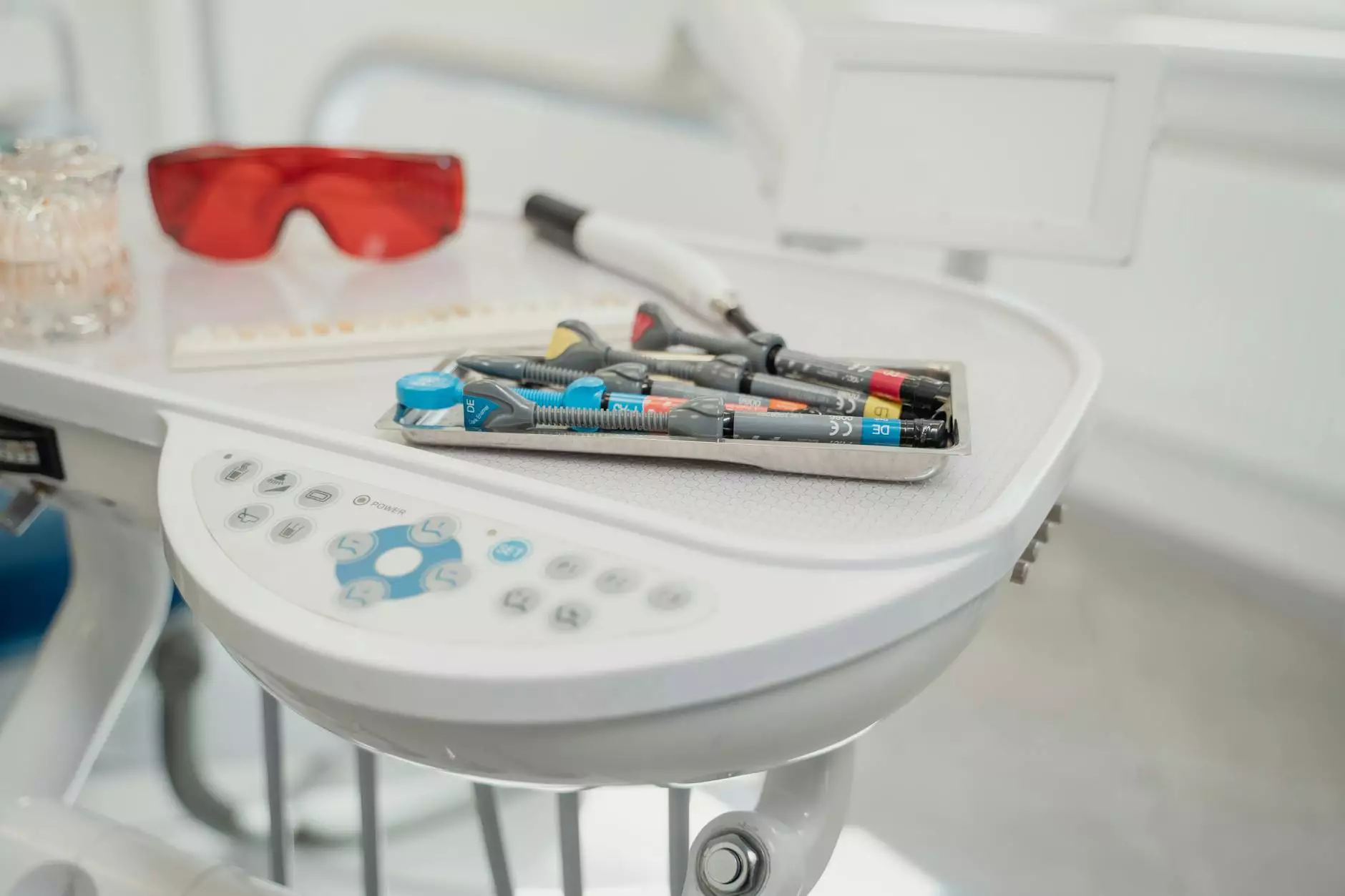Understanding Orthopedic Surgical Instruments: A Comprehensive Guide

Orthopedic surgical instruments are crucial tools used by medical professionals in the treatment of musculoskeletal disorders. These instruments are designed to assist surgeons in performing complex procedures with precision, efficiency, and care. In this article, we will explore the diverse world of orthopedic surgical instruments, their applications, latest innovations, and their vital role in ensuring patient safety and successful surgical outcomes.
The Essential Role of Orthopedic Surgical Instruments
The field of orthopedics involves the diagnosis, treatment, rehabilitation, and prevention of injuries and diseases affecting the musculoskeletal system. High-quality orthopedic surgical instruments are integral to this process for several reasons:
- Precision and Accuracy: Surgeons rely on specialized tools to perform intricate tasks, such as cutting bones or fixing joints, with utmost precision.
- Durability: Orthopedic instruments are often made from materials like stainless steel or titanium, ensuring they withstand rigorous usage and maintain their effectiveness.
- Surgical Efficiency: Well-designed instruments reduce the time taken for procedures, allowing for quicker recovery for patients.
- Safety: High-quality surgical instruments minimize the risk of complications and improve the overall safety of surgeries.
Types of Orthopedic Surgical Instruments
Orthopedic surgical instruments can be classified into several categories based on their function. Here we delve into the primary types:
1. Bone Cutting Instruments
These instruments are essential for performing osteotomies, augmentations, and joint replacements. Common examples include:
- Bone Saws: Utilized for precise cutting of hard bone tissue.
- Osteotomes: Chisel-like instruments for cutting or scraping bone.
- Rongeurs: Designed to bite and scoop out pieces of bone or cartilage.
2. Fixation Devices
Fixation devices are vital for stabilizing bones post-surgery. They include:
- Plates and Screws: Provide internal support to fractured bones.
- Intramedullary Nails: Inserted into the medullary canal of long bones for stabilization.
- External Fixators: Used in cases where internal fixation is not suitable.
3. Soft Tissue Instruments
These instruments are designed for handling ligaments and tendons and include:
- Surgical Scissors: Ideal for cutting soft tissues, sutures, and membranes.
- Forceps: Used for grasping, holding, and manipulating soft tissue during surgery.
4. Visualization Instruments
Visualization instruments are essential for providing a clear view of the surgical area. Key tools include:
- Endoscopes: Used for minimally invasive procedures, allowing surgeons to operate through small incisions.
- Flexible Cameras: Enhance visibility in difficult-to-reach areas.
The Importance of Innovation in Orthopedic Instruments
Advancements in technology have given rise to innovative orthopedic surgical instruments that enhance surgical capabilities. Some notable trends include:
1. Robotic-Assisted Surgical Instruments
Robotic systems, such as the MAKO or NAVIO platforms, offer improved precision in complex orthopedic surgeries. Surgeons can plan procedures in advance and execute them with robotic assistance, leading to improved outcomes and faster recovery times.
2. 3D-Printed Instruments
3D printing technology allows for the creation of customized surgical instruments tailored to the specific needs of patients. This personalized approach can lead to improved surgical performance and fewer complications.
3. Smart Instruments
Instruments equipped with sensors can provide real-time data to surgeons, allowing them to make informed decisions during surgery. These smart tools can also track usage and assist in inventory management.
Quality and Safety Standards in Orthopedic Instruments
Given the critical role of orthopedic surgical instruments in healthcare, quality assurance and safety standards are paramount. Instruments must meet rigorous guidelines from organizations such as:
- FDA: Ensures that medical devices are safe and effective for patient use.
- ISO Standards: Establish international benchmarks for the manufacturing and quality control of medical instruments.
Hospitals and surgical centers must ensure that their instruments are sourced from reputable suppliers that adhere to these standards, such as new-medinstruments.com. This guarantees that the tools used in surgery are reliable and safe for patients.
Conclusion
In summary, orthopedic surgical instruments play a pivotal role in the field of medicine. Their design and functionality are crucial for successful surgical outcomes and patient safety. As technology continues to evolve, the future of orthopedic instruments looks promising, with innovations that will further enhance surgical precision and efficiency. By investing in quality instruments and staying up-to-date with industry advancements, healthcare professionals can ensure they provide the best possible care to their patients.
To explore a wide range of top-quality orthopedic surgical instruments, consider visiting new-medinstruments.com, where healthcare professionals can find the tools they need to advance their practice and improve patient outcomes.









